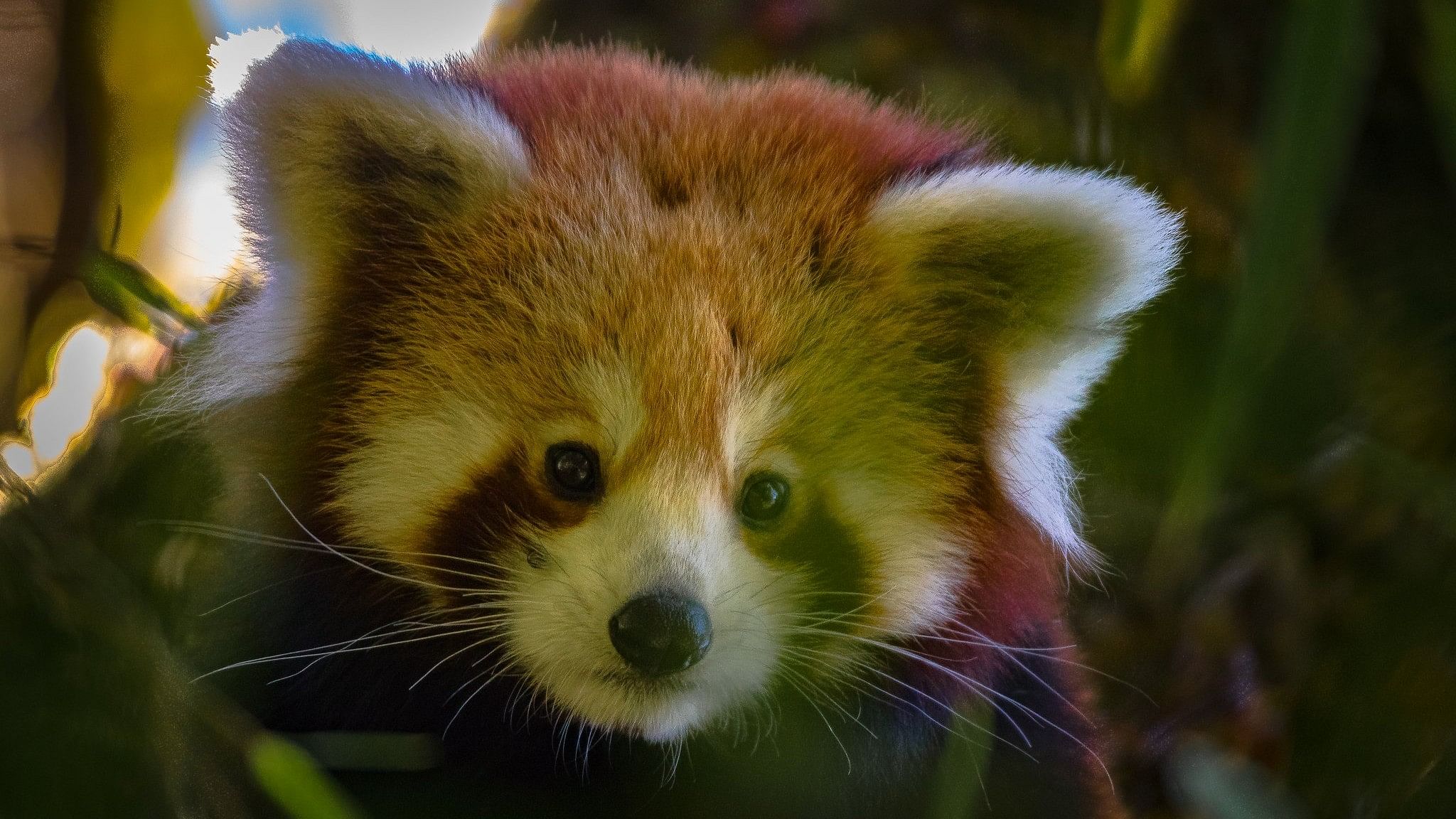
A baby red panda in Singalila National Park.
Credit: Photo by author
Day and night, and what lies in between separating the two, is always a bit of a blur in a cloud forest. As our guide used to say, out here, the sun isn’t always in charge. A morning may begin with a clean and dyed sky; deeply clear, with just a few shredded clouds floating like scraps from a fight long lost and forgotten, the only hint being that the coming day will be bright and sparkling. Yet, a few hours before noon, from the lush valley below that one can see stretching endlessly across miles, clouds will creep up, their cottony tops white and snowy, rising insidiously up the forested slopes, moving into the mountains as if it is shivering with cold and needs to be crushed tightly in a warm and comforting embrace.
It’s in such cloud forests that Nature always conspires to hide the Red panda. The Red panda is probably the cutest animal in the world — and when you finally get to see it, it’s like a fox on fire, flaming red, almost incongruous in this backdrop of grey and green, yet always hidden than it should be in a shroud of mist and fog and unknown mystery. Not many have seen it in the wild and the cloud forest has mostly kept its secret well; it gives it up only with much prying and coaxing, and when it does, that moment does take your breath away. We are in Singalila National Park, almost at the very northern edge of West Bengal, right up against the border with Nepal. Tenuous as it is, the Red panda still maintains a bit of a stronghold here. Always tinged with the promise of more rain that is still to come, Singalila is tough terrain, quite a distance away from civilisation. Looking down from above, this beautiful landscape is ringed by the mighty Eastern Himalaya, with Mt Kanchenjunga, the third highest peak in the world, towering above all like the true massif that it is, yet gently laid out in eternal repose, the perfect outline of a sleeping Buddha in the sky. The Himalayas are breathtakingly gorgeous and mystical; to have not seen them is to have missed something.
As the day breaks, the trackers associated with the homestay where we were put up, fanned out into the forest, teaming up with other trackers who were from the surrounding villages, all masters of the craft of tracking this elusive creature. Once they made a sighting, the teams split up, with a few remaining at the location to keep a watch on the animal, while the rest rushed back to the camp to lead the guests down the mountain trail to some vantage point from where there’s a good view.
Over the years, as more tourists came into this valley, villages, especially on the Indian side of the border, saw the benefits of eco-tourism.
From being once killed for their decorative fur, the Red pandas today are looked upon as honoured guests of the village community. Many are identified individually and their life events — like births, mating and deaths — are tracked with much joy, enthusiasm and sorrow.
We take a long and winding trail down the mountain slope and for the most part what we are walking on is a little more than an animal track, not exactly for the faint-hearted. It isn’t made easy when the guides mention that the trek is, in fact, easier now, because the bamboo on which the pandas forage, grows closer to the edge of the roads and has fresh leaves at this time of the year, making the treks shorter. Come summer, the pandas will retreat deeper into the forest, making finding them a tall order! After an hour, when we can finally catch our breath, we look up through the canopy — there is a cute little pair of cubs staring back in surprise at us, so exceedingly rare, exclusive and fragile at the same time. It’s a priceless moment, and these cubs would turn out to be among the five different individuals that we would come across, in the time we spent at the park.
Singalila and its Red pandas symbolise India’s magnificent wildlife diversity. It’s an amazing park with rare birds like Scaly and Spotty Laughing Thrush, White-browed Fulvetta, Goldcrest, Satyr Tragopan, and Fire-Tailed Myzornis — just to name a few.
We spent days wandering in the forest, catching a sunrise on Mt Kanchenjunga one day, which will remain one of the unforgettable moments of our lifetimes.
The adventures of all that lead to finding the flaming fox can certainly fill up a book, but out here, when the last sun has set and the birds have returned home to roost, journeys turn to memories with a peace and compelling beauty that cannot be captured in words.